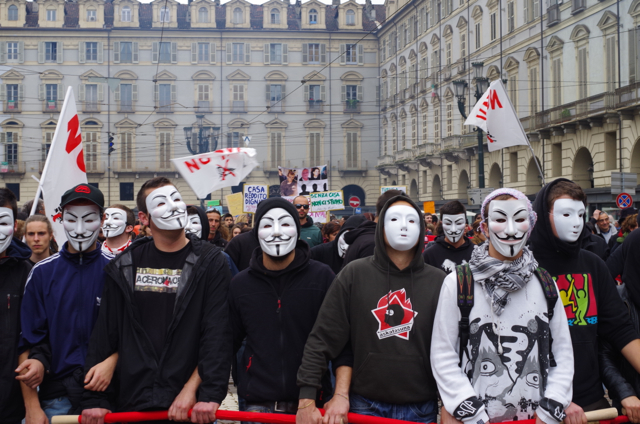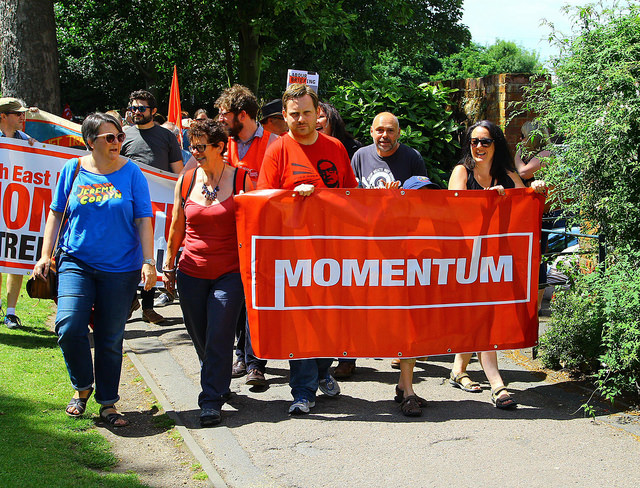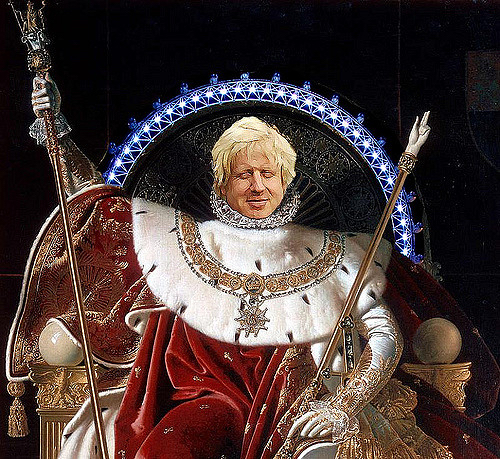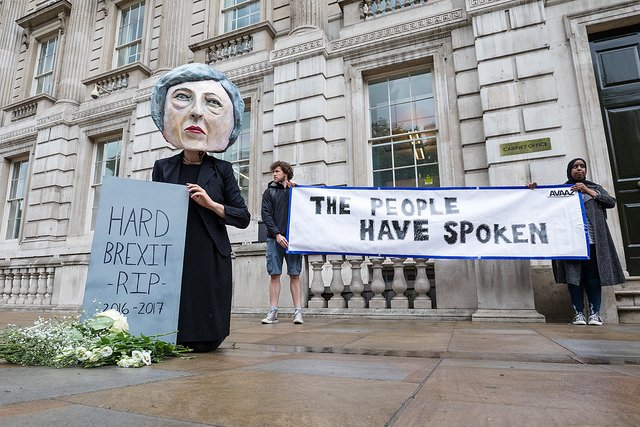The city wants to remember and forget. It’s a physical event, an idea, a product of conflict. It’s a context for daily life, for social and civilized modern life, where people participate in events and create collective memories. The city is a manifestation of the culture, identity, ideology, and symbols of its people, a place for their ‘presence’. The city is also a context for governments to establish and declare their agenda and order. The late French sociologist Henri Lefebvre called the city a ‘social production’, out of the conviction that cities are shaped as much by class conflict as it is by the state.
Revolutions that do not produce new spaces have not realized their full potential; indeed they have failed insofar as they have merely changed ideology. For a political transformation to be truly revolutionary, it must manifest a creative capacity in its effects on daily life, language, and space. Lefebvre believed that today ‘space’ is also a mental phenomenon, and in his book The Production of Space, he explains that there are three spaces we should be concerned with. The first is the physical, nature, the Cosmos; second is the mental, including logical and formal abstractions; third is the social which is occupied by sensory phenomena, including products of the imagination such as projections, symbols and utopias. These three spaces are inseparable and shape people’s mental image of space. The most important part of spaces are memories and events, the invisible layers of the city.
Public space is people’s property, where everyone has equal rights to enter and use it. It’s also a democratic space for people to express themselves and participate in public life. Public space is a part of the public sphere, and as Jürgen Habermas believes, it is a place for participatory democracy and public opinion that can be exchanged and discussed, free from coercion. The public sphere is “a discursive space,” the German philosopher writes, “in which individuals and groups congregate to discuss matters of mutual interest and, where possible, reach a common judgment.” Conversely, having public spaces does not democratize the government, nor does it represent a forum for a political system. The government uses its power to manipulate public spaces and express and maintain its power. “Democratic governance rests on the capacity and opportunity for citizens to engage in enlightened debate,” according to Habermas. This is what is ignored in autocracies.
According to this analysis, public spaces have broad social and political meanings. This is why an important part of every government’s policy includes strategies for urban and public spaces, not just in terms of political and ideological practices, but also in terms of design strategies.

In this regard, control of public space is more important for dictatorships. Without it, they cannot assert their political legitimacy. This is the rationale for urban policies focused on strategies that support the state. For example, public spaces produce collective memories through monuments and memorials of specific events, while erasing and defacing past memories.
However the use of public space can be unpredictable. According to Mark Crison, “Monuments can themselves often be subject to memory–wiping operations by insurgent groups (such as the destruction of the Vendome Column by the Paris commune) or, most obviously, if they offend the sensibilities of s newer regime.” Governments decide what must be remembered, thus they erect the monuments; in a different manner people make their own memory and mental images independent of their intended meaning.
Still, in the 21st century, autocracies try to regulate space. Despite modern urban design and architecture principles, democratic life is denied in countries such as North Korea, China, and Iran. Even in such controlled societies, social life is widely affected by the global economy and communications technologies; this has affected these countries extensively, especially peoples’ lifestyle and cultural mores. The emergence of new communication technologies, in particular, has extended their sense of space and opportunity. Consequently, the way that citizens relate to space, in such societies, has changed. In autocracies, forbidden parts of social life have migrated to virtual spaces and social networks. This has nonetheless affected urban policies in countries such as Iran.
Indeed, the virtual has succeeded in extended the boundaries of the physical. Hence, dictatorships have renewed their efforts to produce new memories and erect new memorials and monuments, controlling and limiting social interaction and modern urban life. Although governments have their own strategies to remix the past, people also have their own ways of appreciating public areas. Different eras define these different strategies. Hence, Habermas’ aformentioned idea of the “public sphere.” A negotiating site between the public realm of the state and the private realm of civil society, it’s central to the development of democratic societies.
Photographs courtesy of Joel Schalit





